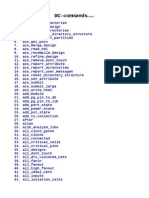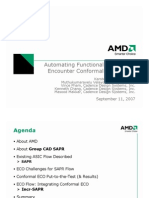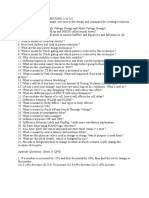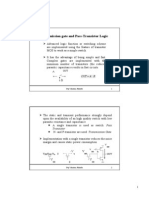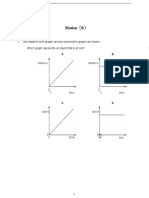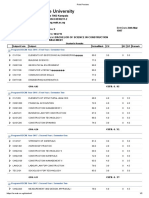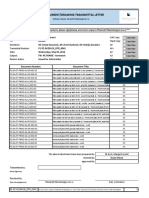0% found this document useful (0 votes)
107 views33 pagesPD Sign Off Stage Notes
The document discusses various aspects of physical verification in integrated circuit design, including design rule checks (DRC), electrical rule checks (ERC), and layout versus schematic (LVS) checks. It covers potential violations such as antenna effects, latch-up issues, and crosstalk, along with methods to mitigate these problems. Additionally, it addresses power checks, electromigration, and the importance of adhering to foundry guidelines during the verification process.
Uploaded by
satya.yanamadala11630Copyright
© © All Rights Reserved
We take content rights seriously. If you suspect this is your content, claim it here.
Available Formats
Download as PDF, TXT or read online on Scribd
0% found this document useful (0 votes)
107 views33 pagesPD Sign Off Stage Notes
The document discusses various aspects of physical verification in integrated circuit design, including design rule checks (DRC), electrical rule checks (ERC), and layout versus schematic (LVS) checks. It covers potential violations such as antenna effects, latch-up issues, and crosstalk, along with methods to mitigate these problems. Additionally, it addresses power checks, electromigration, and the importance of adhering to foundry guidelines during the verification process.
Uploaded by
satya.yanamadala11630Copyright
© © All Rights Reserved
We take content rights seriously. If you suspect this is your content, claim it here.
Available Formats
Download as PDF, TXT or read online on Scribd
/ 33





















